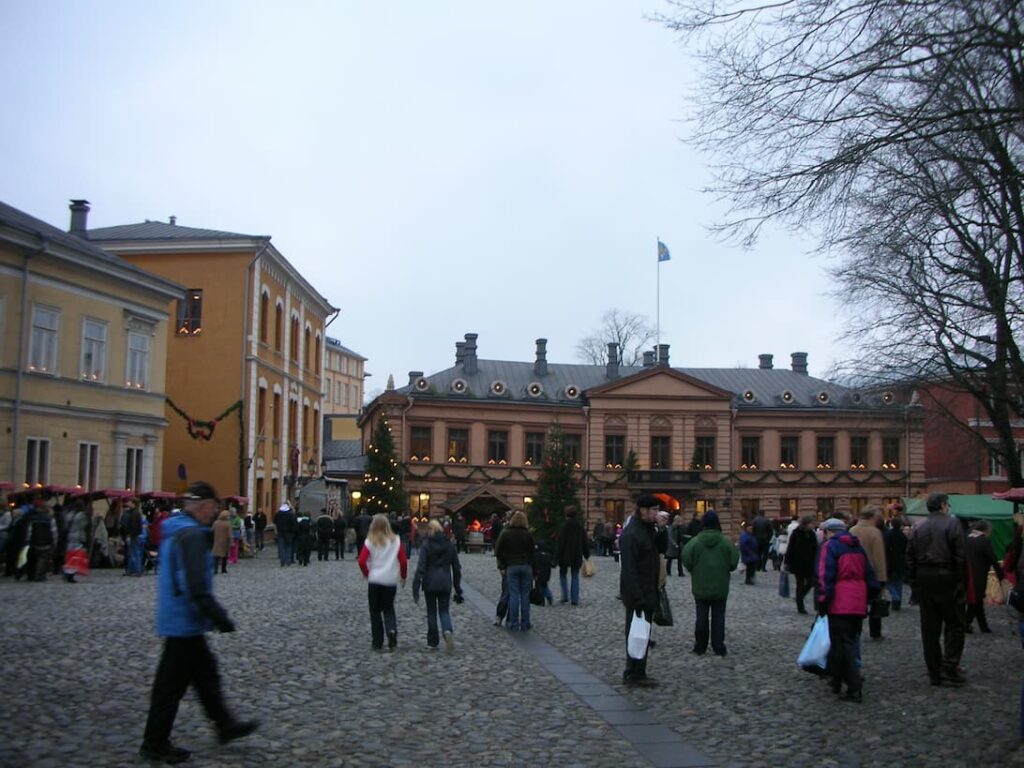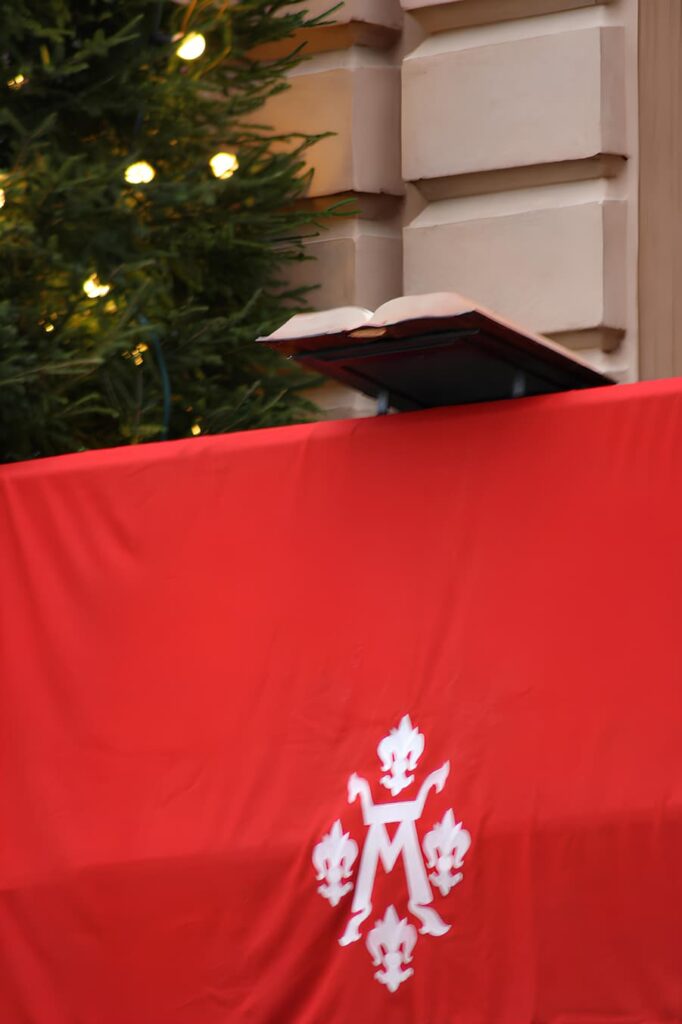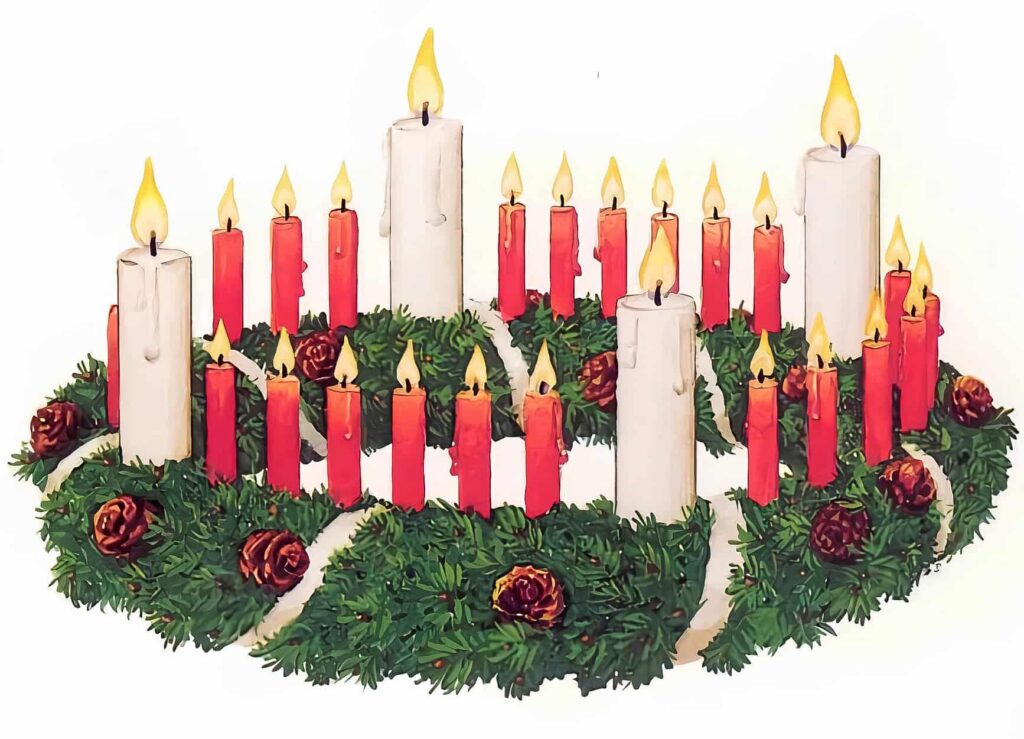Christmas Peace is a traditional Finnish ceremony that officially signals the start of the Christmas season. It is also known as joulurauha in Swedish and julfrid in Finnish. This tradition is based on the ancient Swedish law that Birger Jarl instituted in the thirteenth century, which in turn is based on the Truce of God. It is a big aspect of Finnish Christmas customs, and the proclamation encourages mutual regard and tranquility. Even though Finland was a part of Sweden until 1809, the practice has managed to endure there. On Christmas Eve, the proclamation is made in a number of Finnish cities, the earliest of which is at noon at Turku’s Old Great Square.
The tradition of Christmas peace is an old Nordic mandate that lasted for a period of 20 days during the Christmas season, as stipulated in ancient legislation. In medieval Sweden, Christmas peace was a royal peace through which the ruler exercised jurisdiction over kinship communities. Other similar laws include, for example, court peace and women’s peace. Penalties for offenses during Christmas peace were harsher than at other times.
-> See also: Christmas in Finland
Christmas Peace in Finland

Due to the potential for disturbances brought about by holiday leisure time, Christmas peace was necessary. In Christian countries, it was often desired to cease hostilities on Christmas Eve. In many cities, it became customary for a city official to publicly declare Christmas peace on Christmas Eve. In Finland, since 1889, Christmas peace no longer holds legal significance.
In Sweden and its part of Finland, Christmas peace was legally in effect for 20 days, starting on Christmas Eve and ending on St. Knut’s Day. Currently, Christmas peace is declared annually, not only in Turku but also in places like Naantali, Pori, Porvoo, Rauma, Tampere, Hämeenlinna, Tornio, and Uusikaupunki. Since the 1960s, the tradition has been revived in some other locations as well.
Turku Christmas Peace Proclamation

The tradition of declaring Christmas peace continues primarily in Turku, where it has been observed since the 1300s. It was skipped during the Great Northern War in the 1700s, possibly during the years 1809–1815, during the Finnish Civil War in 1917, and due to the fear of air raids during the Winter War in 1939. The current wording of the declaration, read from the balcony of Brinkkala House, dates back to 1886, and its present form is from 1903. The proclamation is a recollection by the city magistrate’s secretary after the Turku fire in 1827.
The expression “Suomen Turku” has been in use since the 12th and 13th centuries. The name Turku is likely derived from the Old Russian word tǔrgǔ, meaning marketplace. “Suomen Turku” has been, from the Swedish perspective, a marketplace located specifically in the historical Finnish province of Varsinais-Suomi (Finland Proper), distinguishing it from the Russian marketplaces or “turguista” and serving as the administrative center of the region. According to current understanding, the word “turku” was brought to the Fennoscandian region by Novgorod merchants.
Although the declaration of Christmas peace still threatens punishments more severe than usual for crimes and offenses committed during the peace, Christmas peace has had no legal significance since 1889.
The declaration is read on the Old Great Square from the balcony of Brinkkala House at noon. The event begins with the hymn “Jumala ompi linnamme” (God is our fortress), after which the clock of Turku Cathedral strikes 12. The band plays the introductory fanfare “Marsalkan hopeatorvet” composed by Artturi Rope, and the reader of the declaration steps onto the balcony. After hearing the announcement text, the Finnish national anthem “Maamme-laulu” is sung, and finally, the band plays the “Porilaisten marssi” (March of the Pori Regiment).
The musical accompaniment for the declaration is provided by the Navy Band and choirs, including the Male Choir Laulun Ystävät and the Male Choir Naskalit of the Turku YMCA. The declaration was read for a long time by the city’s chief administrative officer. From 1985 to 2002, Paavo Heinonen, the chief administrative officer, proclaimed the Christmas peace. After his retirement, from 2003 to 2012, Jouko K. Lehmusto, initially the chief administrative officer and later the deputy mayor for the last two Christmases, succeeded him. The position of chief administrative officer was abolished in 2010. Since 2013, the Christmas peace has been proclaimed by the city’s protocol chief, Mika Akkanen.
The Christmas peace was last left unproclaimed during the Winter War in 1939. At that time, military authorities had banned all mass gatherings in population centers due to the risk of air raids. Usually, when the declaration is read, there is a large audience, up to 10,000 people. However, in 2020 and 2021, the area was completely closed to the public during the event due to the COVID-19 pandemic, but the proclamation was broadcast on radio and television as usual. Since the 2010s, as a precautionary measure, the surroundings of the Old Great Square have been habitually closed off with trucks. This action was influenced by terrorist attacks in Europe, where perpetrators had driven vehicles into large crowds. In a terrorist attack on the Berlin Christmas market in Germany on December 19, 2016, 12 people were killed using this method.
The singing of Martin Luther’s hymn “Jumala ompi linnamme” (God is our fortress) became a tradition in 1903. The Christmas peace proclamation from Turku has been broadcast on the radio from 1935 to 1938, 1940 to 1942, and since 1944, and televised in 1962 and since 1983. The familiar phrase from the radio, “Suomen Turku julistaa joulurauhan” (Finland’s Turku proclaims Christmas peace), has been in use since 1940. In 1943, the proclamation was broadcast from Rauma. In Sweden, the proclamation has been visible on the television channel Sveriges Television since 1986. On Yle Areena, the proclamation has been globally available for listening and/or viewing since 2006.
The following is the wording of the Christmas Peace proclamation (originally in Finnish):
Tomorrow, God willing,
is the gracious celebration of the birth of our Lord and Savior;
and thus, a general Christmas Peace is hereby declared, urging everyone to observe this festival with appropriate devotion and to conduct themselves quietly and peacefully,
for anyone who violates this peace and disrupts the Christmas celebration with illegal or inappropriate behavior is, under aggravating circumstances, liable to the punishment prescribed by the laws and regulations for each offense.
Finally, joyful Christmas festivities are wished to all residents of the city.
Pori
In Pori, the declaration of Christmas peace has been a tradition since the 18th century. The old custom was revived in 1960, and nowadays, the declaration of Christmas peace is made by the mayor in front of the Pori Town Hall. According to ancient tradition, the text of the declaration is said to have been written by Professor Unto Salo.
Porvoo
In Porvoo, the declaration of Christmas peace takes place annually on Christmas Eve at 4 p.m. from the town hall. Since 1950, the declaration has used a text borrowed from Turku. In addition to reading the declaration text, the program includes a band and a choir.
Porvoo’s own historical declaration text was confirmed in the Porvoo District Court in 1663, but the tradition faded in the 19th century. The Porvoo Museum Association revived the tradition in 1900.
Rauma
Also in Rauma, Christmas peace is declared annually on Christmas Eve at noon in the city market square. This tradition has been observed for over 300 years and is estimated to have been in Finnish for the first time in 1676. The current text of the declaration dates back to 1919. The Finnish Broadcasting Company (Yle) broadcasted the Christmas peace declaration from Rauma on the radio in 1943.
The following is the Christmas Peace declaration (originally in Finnish):
As we once again celebrate the precious birth of our Savior, the City Council hereby declares that the Christmas Peace has begun and extends warm wishes to all residents of the city for a joyful and peaceful Christmas, followed by a happy New Year. With the hope that both in words and deeds, the first and greatest Christmas greeting would come to fruition. Glory be to God in the highest, peace on earth, and goodwill to all people. May God protect our homeland.
Hämeenlinna
In Hämeenlinna, the Christmas peace is declared according to the proclamation given at the Town Hall in 1766. The proclamation is delivered by the Deputy Mayor. Since 2014, the Christmas peace has been declared at the Goodman shopping center. Before that, the event was usually held either at Hämeenlinna Market Square or on the pedestrian street Reska.
Naantali
In Naantali, the Christmas peace has been declared at least since the 1940s, probably by the magistrate before that. The proclamation is delivered by the city clerk, who is currently the administrative director. The Christmas peace is declared from the steps of Humpin talo on Mannerheiminkatu on Christmas Eve at noon. The ceremony includes a brass band and trumpet fanfare.
Uusikaupunki
In Uusikaupunki, the Christmas peace is declared on Christmas Eve at noon from the steps of the New Church, using the wording of the Turku proclamation.
Vantaa
In Vantaa, the Christmas peace has been declared since 2002 in front of the Vantaa City Hall on Christmas Eve at 1 p.m. The event is organized in collaboration between the City of Vantaa and the Vantaa parishes. The program typically includes a greeting from the parish, followed by the declaration of the Christmas peace. The event also features musical performances. In 2017, the Christmas peace was declared by the Chairman of the City Council, and in 2018 by the Chairman of the City Council.


